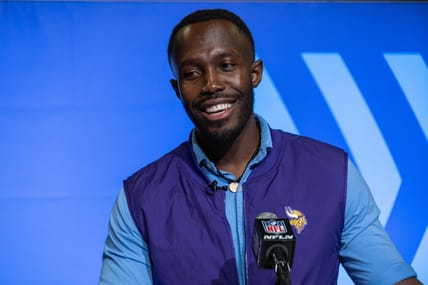The First NFL Draft Was A Bust
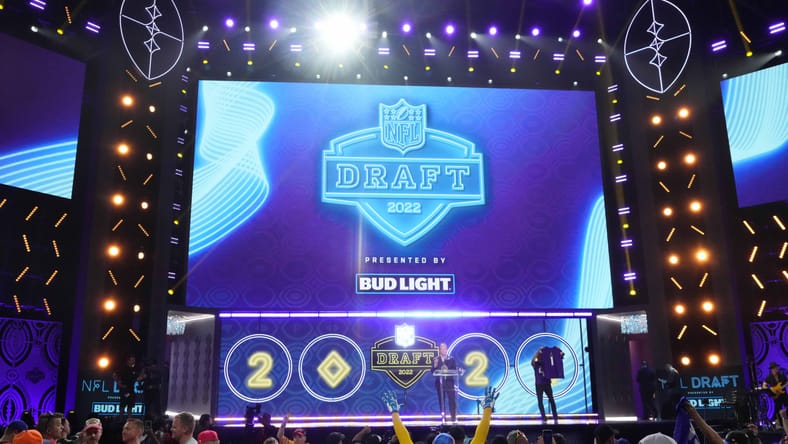
As it currently stands, the Carolina Panthers hold the first overall pick in this year’s NFL draft. By all accounts, they will draft a quarterback, most likely either C.J. Stroud from Ohio State or Alabama’s Bryce Young. Draft pundits across the nation are arguing which player will have the better career. Some even believe there are those inside the Panthers’ own building who are torn on who to select.
But imagine that whoever the pick is, whether it’s Stroud or Young, that the player selected just doesn’t play. Not because he demands a trade, not because he is injured, but he just turns down the opportunity to play in the NFL. It would send shockwaves throughout the league, but it would not be unprecedented.
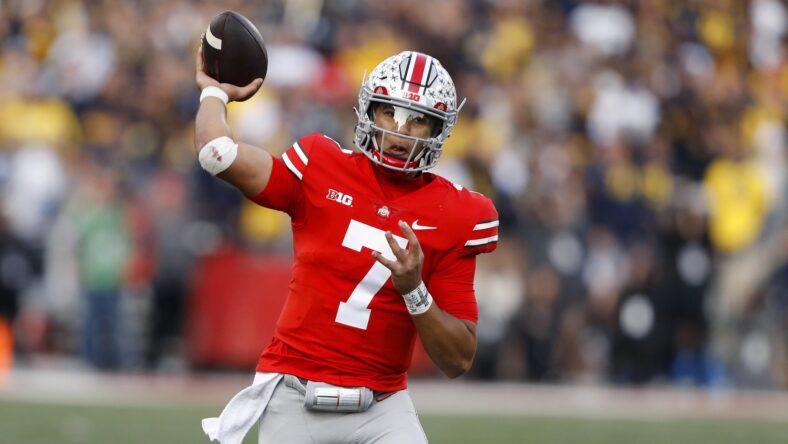
This happened in 1936, the year of the very first NFL Draft. It was to be held at the Ritz-Carlton Hotel in Philadelphia on Feb. 8, 1936. All nine league owners were in the same room together, and there were only a few media members from a select few newspapers around the country in there with them.
Some of these media members actually helped make some of the selections as they had watched some of the college prospects previously, and college scouting was not yet refined. There were no fans or players in attendance. In fact, most players didn’t even find out they had been selected until afterwards. Some learned of the news while reading the newspaper.
The draft order would be determined by league standings; whoever had the worst record would own the first pick, the second-worst record would own the second pick, etc. Philadelphia Eagles owner Bert Bell devised the idea. Before the 1936 season, the top college prospects would sign with whatever pro team offered them the most money.
Because there was no salary cap, players would most often go to the most lucrative teams who were, also, the best teams. This meant that teams like the Chicago Bears New York Giants, winners of three of the previous four NFL championships, got better as the rest of the league lagged behind.
Perhaps it was no coincidence that after Bell proposed the plan prior to the 1935 season, the Eagles would finish the ’35 season with a league-worst record of 2-9. Consequently, Philadelphia held the first pick in each of the draft’s nine rounds. Each of the the league’s nine teams held one pick per round, resulting in a grand total of 81 selections.
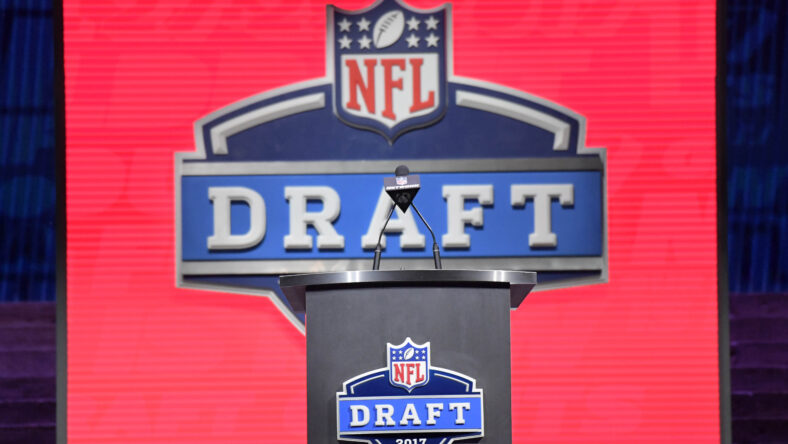
With their first pick, the Eagles selected Jay Berwanger, a two-way player out of the University of Chicago. Berwanger was a standout halfback, linebacker, and kicker at Chicago, and he ended up winning the inaugural Heisman Trophy award in 1935. His tenure in Philadelphia was short, though. Because he didn’t believe that pro football would turn into a lucrative career, the Eagles traded his rights away to the Bears.
When legendary Bears owner George Halas asked Berwanger what it would take for him to play pro football, Berwanger insisted on a two-year contract worth $25,000. Most players back then would only make $100 per game. Halas refused, and Berwanger instead went to work in the foam rubber business for $25 per week.
Berwanger would work in the business until he joined the Navy during the war. When he returned, he discovered that the business had been closed. Slowly but surely, he would buy back the equipment and ended up forming his own company. According to a Jun. 28, 2002, story from The Chicago Tribune, Berwanger sold the business in the early 1990s. It was grossing over $30 million annually.
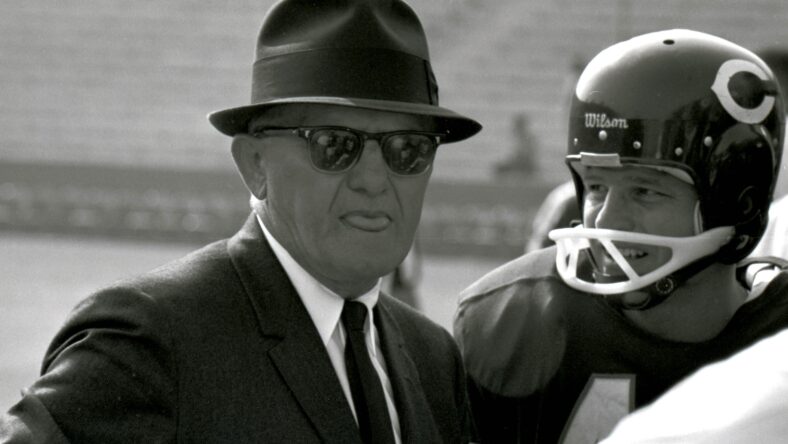
Unfortunately for NFL owners at the time, Berwanger wasn’t the only player who passed on a chance to play pro ball. 53 of the 81 selections never played a snap in the league. This included legendary Alabama head coach Paul “Bear” Bryant, a fourth-round selection by the Brooklyn Dodgers. Ironically, no team was hurt by the draft as bad as the Eagles. On top of Berwanger, none of their other eight selections signed with the team. They would finish the 1936 season 1-11.
The draft wasn’t a total failure, though. Four players would eventually be inducted into the Hall of Fame, including Bears tackle Joe Stydahar (1st round, 6th overall), Giants back Tuffy Leemans (2nd round, 18th overall), Boston Redskins end Wayne Millner (8th round, 65th overall), and Bears guard Dan Fortmann (9th round, 78th overall). As the Eagles were hurt by the draft that was supposed to help them, the Giants and Bears were further aided by what was supposed to even the playing field.
Still, the league kept the draft. The Eagles would own the first overall pick once again in 1937. Their selection, fullback Sam Francis, was once again traded to the Bears. Fortunately for the Eagles, though, they received future Hall of Fame end Bill Hewitt in exchange.
Like most concoctions in the history of the league, the 1936 NFL Draft was initially a dud that few recognized and even fewer cared about. But over time, teams found ways to take advantage of it and change the fortunes of their organizations. Today, the draft is the highlight of the NFL off-season, viewed by millions every year. No one in the Ritz-Carlton Hotel on Feb. 8, 1936, would be able to wrap their head around that today.

